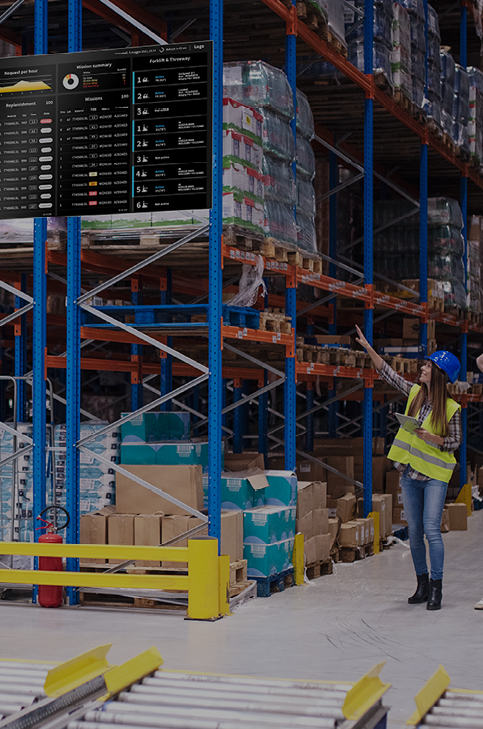Optimizing industrial Quality Control through technology
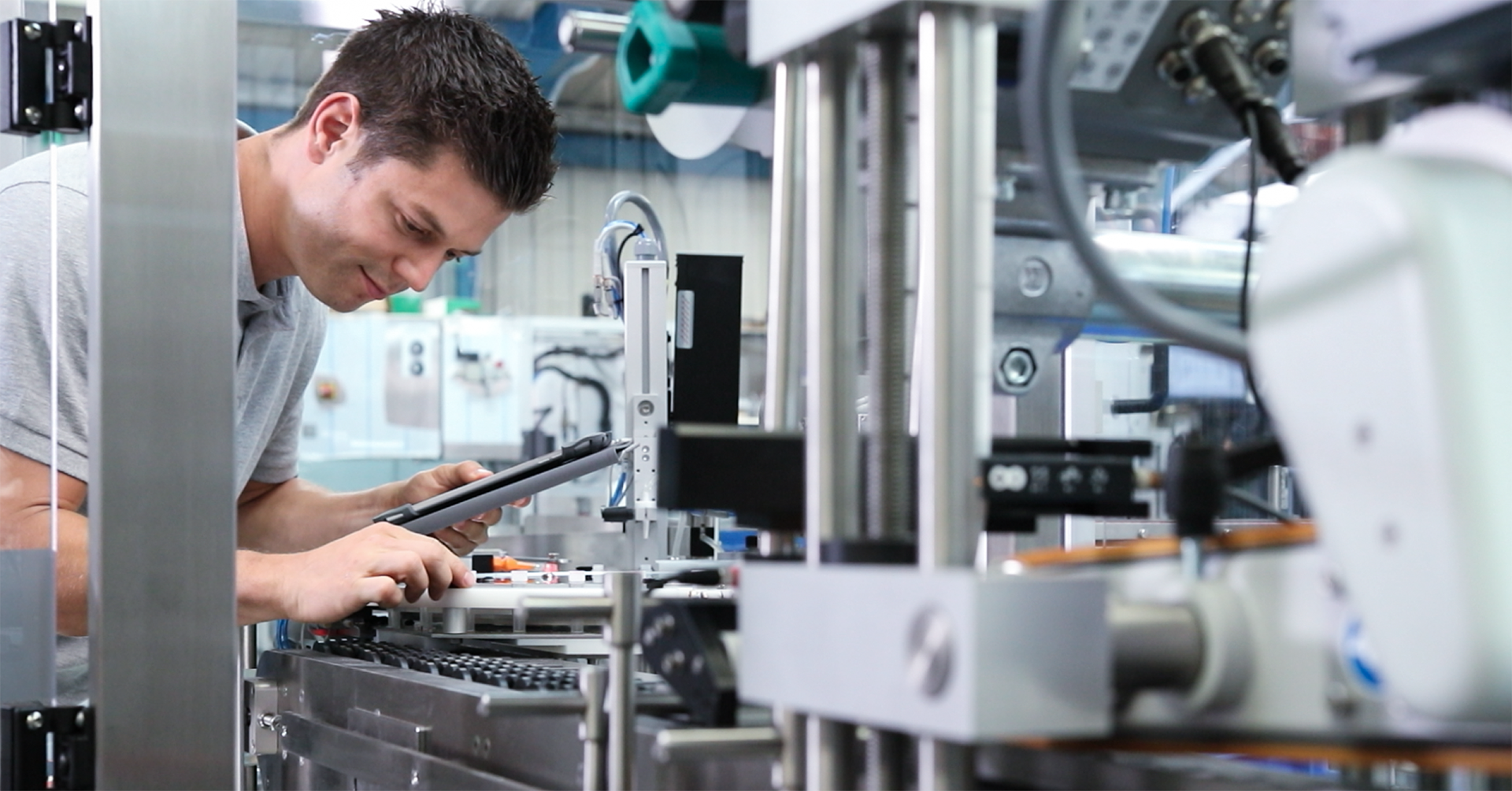
In recent years, digitalization has greatly influenced production, and the realm of quality has certainly not been exempted. Ensuring high-quality products remains a top priority for every manufacturing company. Thanks to technological advancements, numerous companies are embracing digital solutions to streamline and enhance their production processes, including those associated with quality control. In this article, we will delve into how digitalization is reshaping the approach companies take to managing quality control in their production operations.
By leveraging advanced technologies like AI, ML, and monitoring systems, companies can enhance the precision, effectiveness, and safety of their production and quality control processes. Below, we’ll explore the advantages of this approach and why companies failing to embrace digitization may find themselves trailing behind their competitors:
- Minimized human errors: Advanced software and technology enable companies to automate quality control processes, significantly reducing the likelihood of human errors. For instance, the utilization of control sensors can identify product defects with greater accuracy and efficiency compared to manual inspections.
- Real-time collection and analysis of extensive data: This enables companies to closely monitor production and quality control, intervening promptly in the event of any issues. Additionally, the gathered data can uncover trends and patterns, aiding companies in ongoing enhancements of their production and quality control processes.
- Utilization of advanced analytics tools (e.g., AI and ML): These technologies facilitate the creation of predictive models capable of identifying potential issues before they manifest. For instance, AI can analyze production and quality control data to forecast product defects, enabling companies to take preventive measures and mitigate the costs associated with defective products.
- Deployment of advanced tracking systems: These systems enable companies to monitor the journey of products throughout the production and distribution chain. This is particularly crucial for industries like food and pharmaceuticals, where ensuring product safety and quality is paramount.
- Enhance collaboration and processes: For instance, sharing production and quality control data between the production and engineering departments fosters better collaboration and expedites the identification of potential issues.
In summary, digital transformation, particularly for small and medium-sized enterprises, is now more essential than ever. It entails the digitization of processes aimed at enhancing product quality, elevating plant productivity, and achieving more efficient management practices.
d-one’s approach to Quality management
d-one, within its MES module, offers businesses a comprehensive and efficient solution for handling quality-related incidents, ensuring compliance, and enhancing product quality. Key d-one features for managing activities and issues related to quality control include:
1: Quality check / Inspection
With this functionality, it becomes possible to establish a
closed-loop Quality Management system aimed at improving the quality of products and processes. Through this feature, you can:
- Report defects during the manufacturing process.
- Manage scraps and monitor the quality status of the product throughout the production process.
- Document the causes and categories of scraps, as well as internal problems in the repository for all quality notifications. Track associated Containment & Corrective actions.
- Visually record the points of defects.
- Perform Remote Quality Monitoring (Monitoring and prediction of the effects of temperature and relative humidity deviations). It includes a built-in integrated statistical process control system that notifies you of parameters exceeding boundaries.
- Analyze real-time data from the manufacturing process and promptly detect if a batch is defective, allowing the supervisor to halt the process to minimize costs and losses.
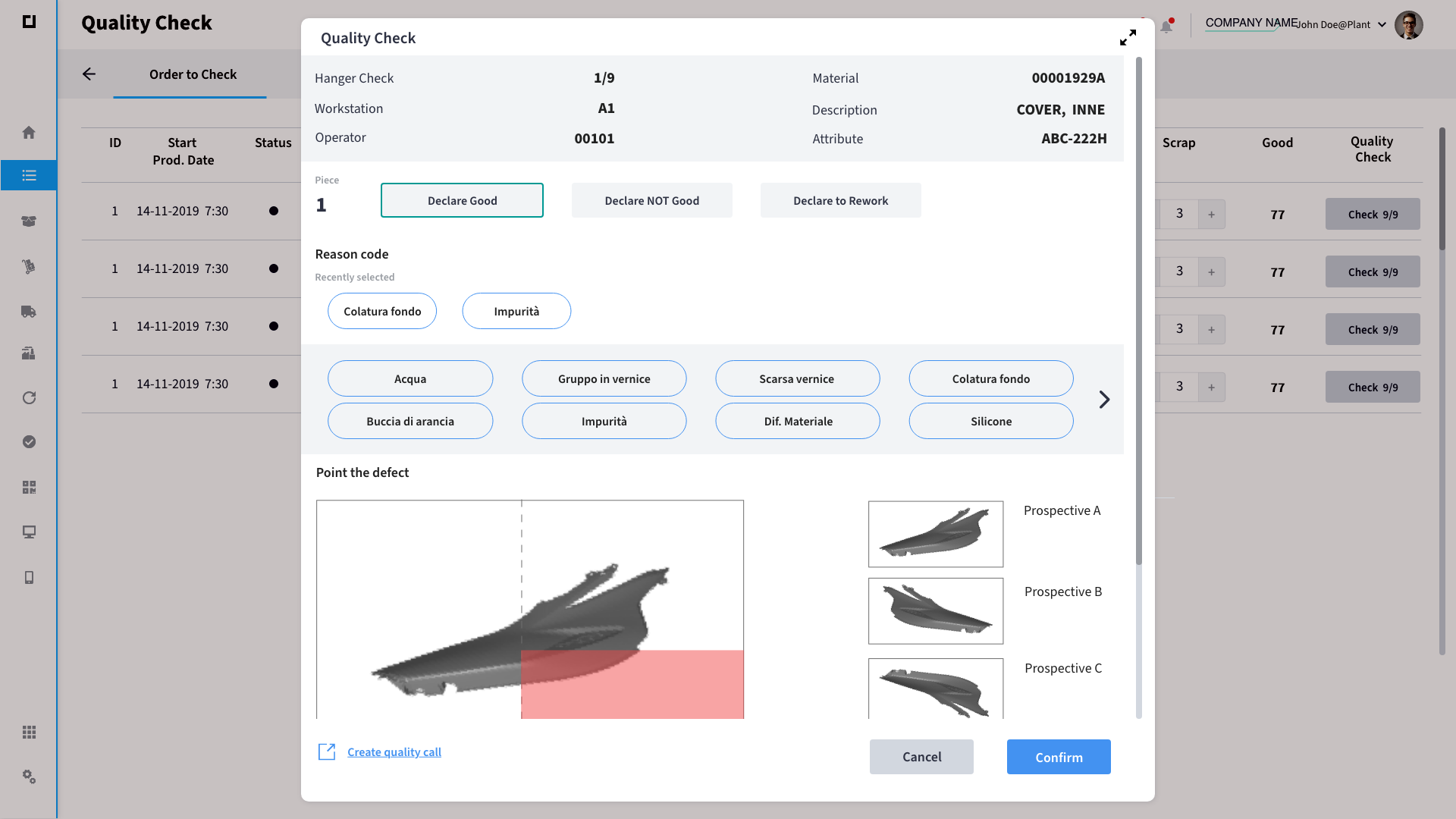

2: Scrap & Rework
These functionalities enable businesses to capture and monitor scrap and rework activities, including the reasons and quantities involved. This capability helps businesses swiftly identify and address issues, thereby reducing the risk of quality-related incidents. This is made possible by:
- Capturing and tracking all scrap and rework activities, including reasons and quantities.
- Providing real-time visibility into these operations, with the ability to designate specific components in the bill of materials for scrapping.
- Support for Root Cause Analysis: this feature allows businesses to identify and address the underlying issues contributing to quality problems.
- Integration with Quality Notifications: This integration enhances data flow, action coordination, and decision-making capabilities, resulting in a more comprehensive quality management system.
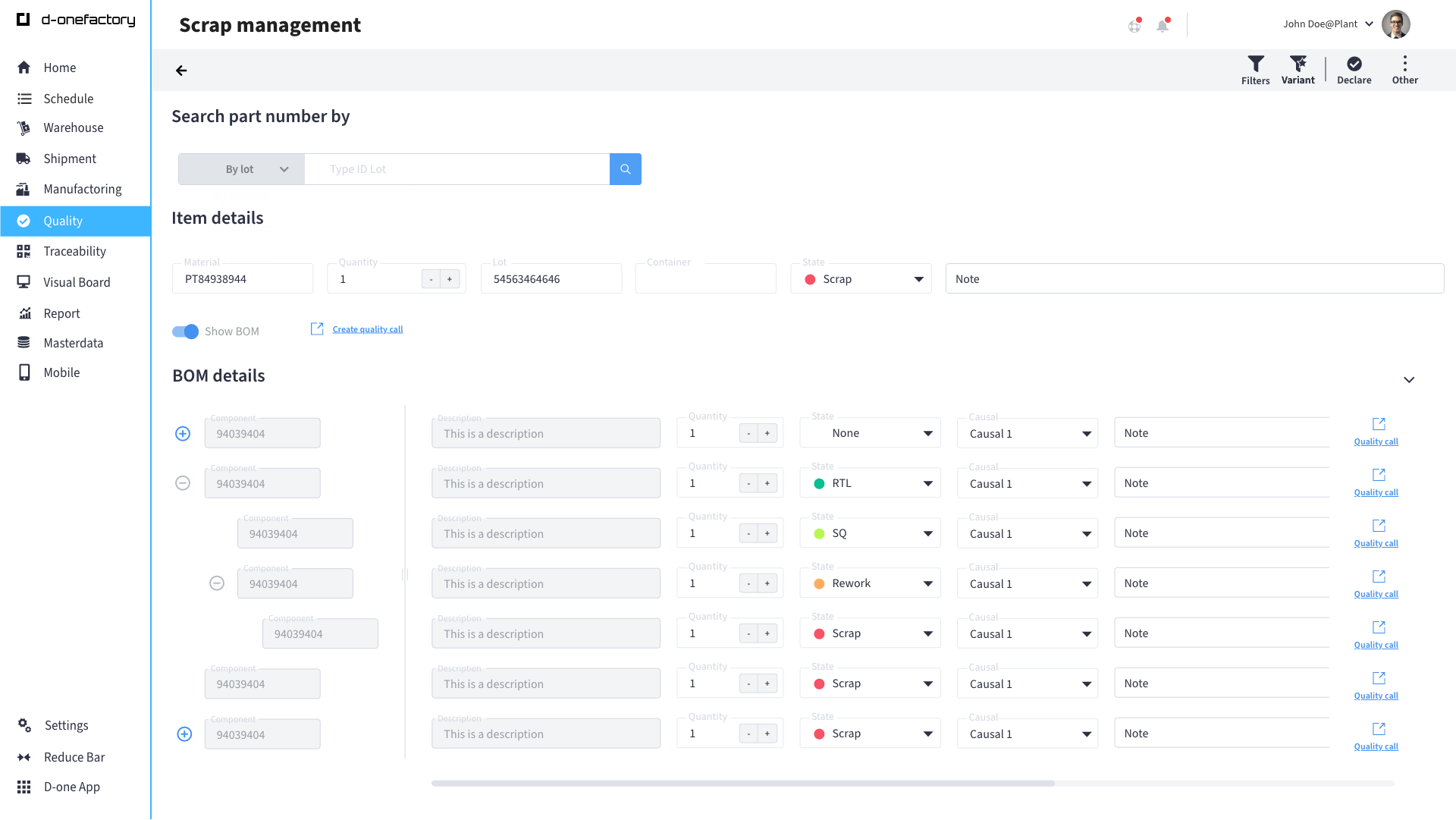
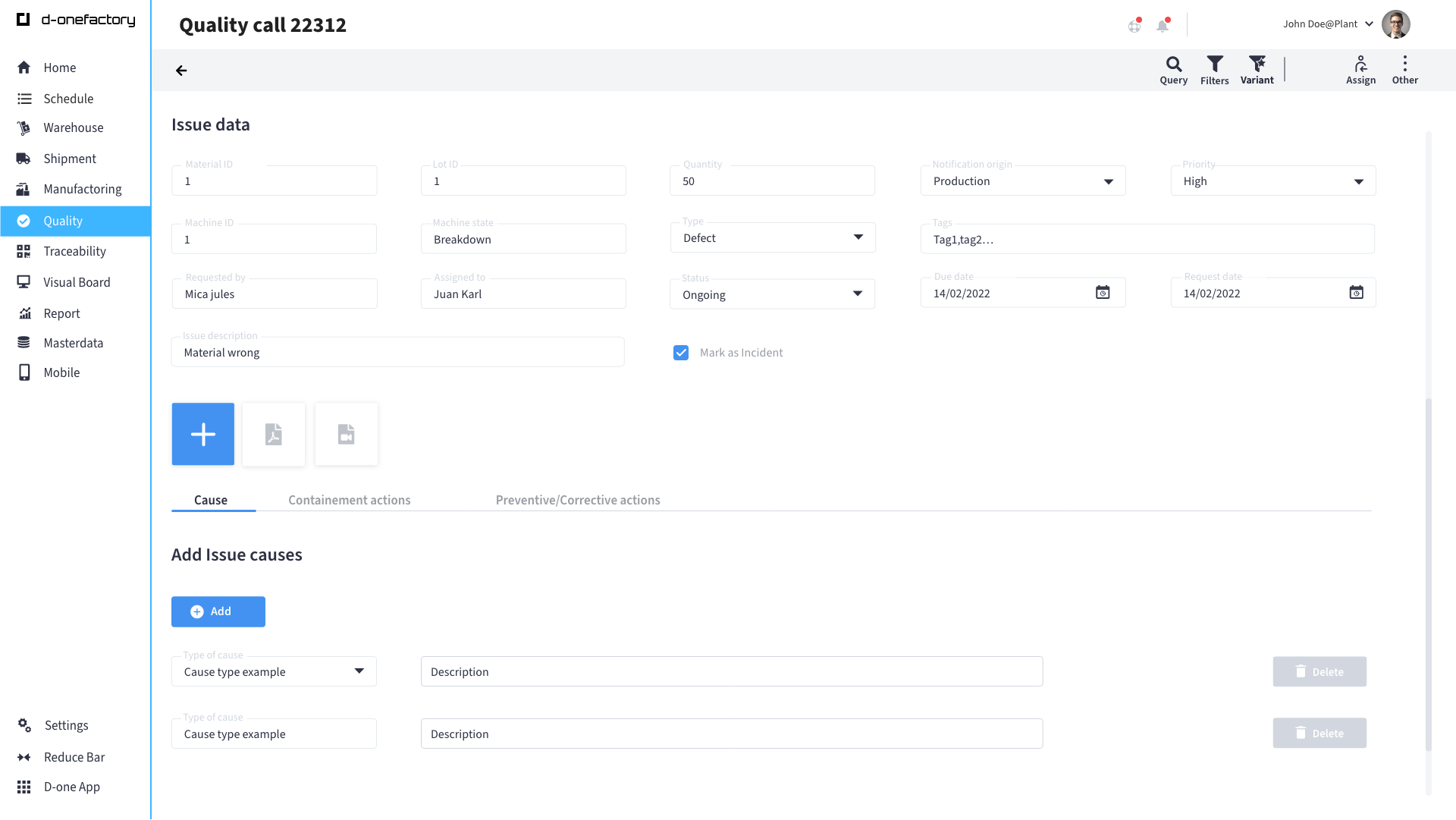
3: Checklist
The checklist functionality provides a flexible and user-friendly solution for managing and tracking various checks in different areas, including warehouse, production, and quality. Enhanced compliance and quality control, which in turn leads to higher customer satisfaction and a reduced risk of product recalls, can be achieved through:
Efficient management of checklists for multiple categories such as quality, production, warehouse, forklift, and audit checklists, providing a scalable solution adaptable to inspection processes in warehouses and other areas.
- Customizable Result Options for Each Check: This ensures flexibility to meet different requirements.
- Capability to Configure a List of Parameters for Control: This allows for thorough checks and comprehensive data collection.
- The option to upload various attachments, such as images or documents, is available to support the inspection process.
- User-Friendly Interface: Designed for easy navigation and use, both by operators and supervisors.
- Real-Time Tracking and Reporting: Provides real-time monitoring and reporting of completed checks, offering insights into overall performance and areas for potential improvement.
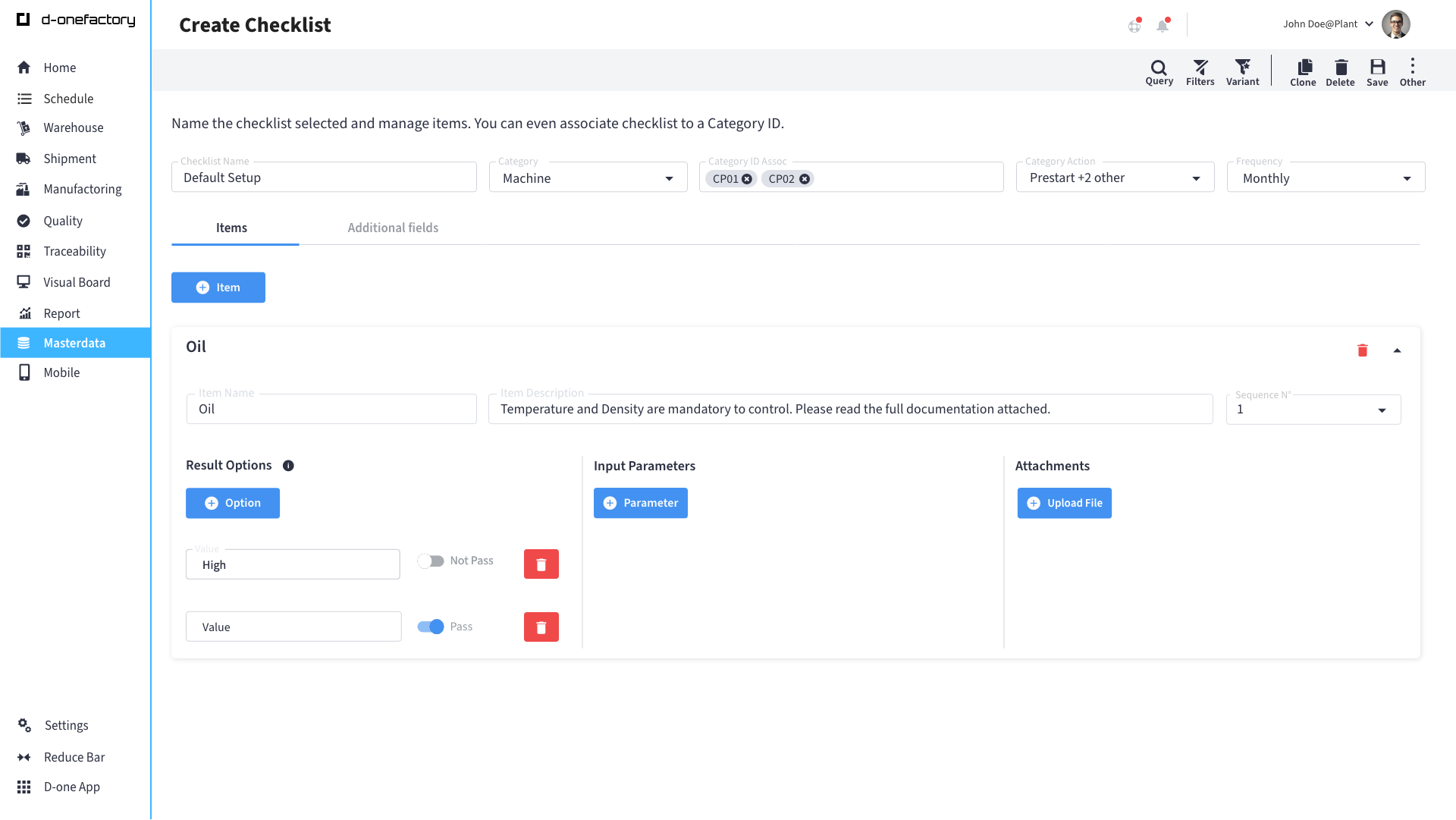

4: Quality notification, defect, and
non-conformance
This feature offers companies an effective method for handling significant and recurring issues that may arise in production. It empowers them to take action in terms of containment and prevention. This is made possible by:
- The ability to capture and track quality-related issues reported by internal or external stakeholders, including customers or suppliers.
- Capture and tracking of defects identified during production, including comprehensive information on the root causes and root cause analysis.
- Tracking non-conformances identified during quality inspections, including instances of rejection.
In an era where quality defines success, embracing digital transformation is non-negotiable. AI-driven insights, real-time monitoring, and comprehensive quality management tools are the keys to staying ahead in the manufacturing game. With d-one’s MES module, businesses can confidently navigate the complexities of quality control, ensuring customer satisfaction and compliance.



